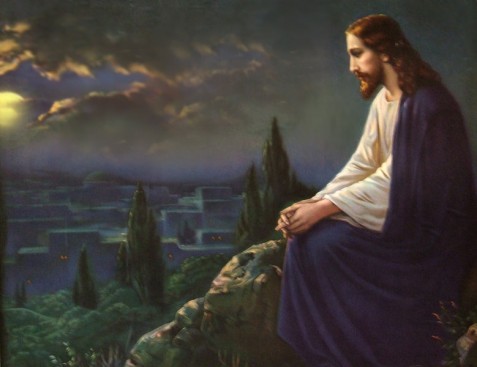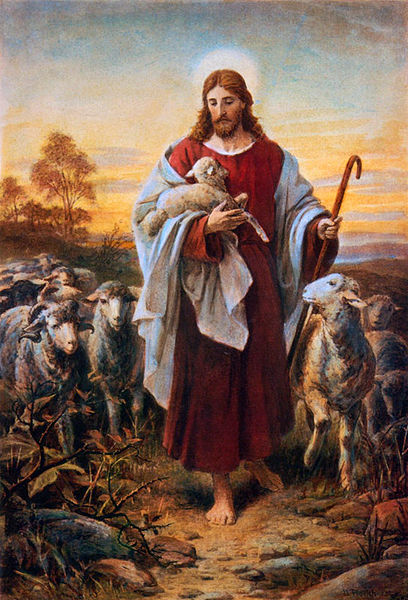I have just been to Sunday Mass and discovered that the analysis of Spirituality in the sermon went over the heads of most parishioners. I will try to make a small attempt to present ‘spirituality’ in a more mundane understanding.
To begin with, there is no spiritual vacuum. Faith transforms. It creates an ascendancy of healthy moral and social values. Belief is a rich and marvelous experience open to all, not only to the mystic. Call it faith or belief, the spiritual dimension within exerts its potential to do good beyond our earthly understanding.
Two forms of spirituality exists, Physical and mental.
Physical spirituality is the advocacy of action in prayer and performance for the Creator’s attention. Prayer Beads contribute to most cultures a form of physical activity some-times for concentration; for rhythm to thought; for the power attributed to vibrations. In Hinduism, Buddhism and Taoism, prayer beads prove their potency.
The triumph and fulfillment of prayer in physical spirituality comes on bended knees, raising the arms, using the voice in psalms, chants and song; the sound of ringing bells in temples, churches and places of worship add to this form of holiness. Burning of candles, incense and joss sticks no less.
Dance plays a significant role as well. The Hindu temple dancers. The fertility dances of Egypt, the rain dances of Africa; dances to invoke the Gods for every temporal want, from an abundant harvest, to worship of the almighty. In China, since the constitution was amended in 1982 to permit freedom of religion, the spiritual form of dance is being revived.
The art of physical spirituality is to mobilize energy, prayer and piousness into the web of material creativeness, into paintings, sculpture, designs for houses of prayer; wood carv-ings of statues, they all form the bulwark of the early years of Christianity. Stone figures in Hindu temples are earlier than the millenniums even before Egypt built golden figures of their Gods and pharaohs. Taoism and the Chinese form of spirituality are preserved in images of semi-precious stones in jade, crystal and amber (the most commonly used stones.) Chinese craftsmen were the early masters of the clay figures. They all practiced physical spirituality.
Next, I will conclude with Mental Spirituality.
- Melvyn Brown (Copyright. 2015)
Speaking about Spirituality - Part- 2 By Melvyn Brown
I had spoken about Physical Spirituality earlier. Today I will tell you a few words on Mental Spirituality.
Mental spirituality is non-rigorous, yet equally demanding. It debunks the feats of shamans and in a less show of attention performs an epiphany of sincere dialogue with the universal forces. There is a wave of theology to prove mental spirituality or for that matter, the concept and existence of God. “Believe”, said Jesus, “and all things are possible”. True.

Belief in mental spirituality will attract the power of good always. Prayers are petitions, practiced by mystics and monks, priests and maulanas across the earth. Religion is no longer the ‘opiath’ of the masses. Religion in the form of mental spirituality compounds a way to cleanse sin and evil without the harsh realities of physical transgression. There is no mind-bending struggle with the power of mental prayers. It is basically a simple act of putting manual effort to spiritual visions.
The simple message in mental spirituality is to harness the floodgates of belief that there is a God who is responsible, loving and ever prepared to forgive and assist us in our honest and sincere desires. Never think negatively. Let it be known that spirituality in deed and thought never lost a soul.






